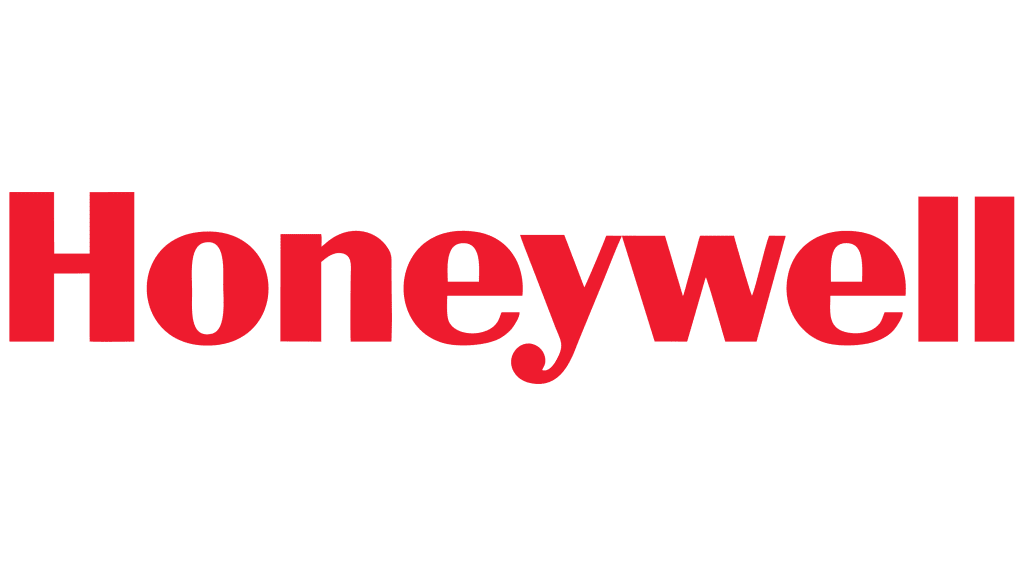From wildfire smoke to air pollution-ridden cities, buildings must focus on healthier indoor air quality amidst outdoor air crisis fueled by climate change
Honeywell has recently released strategies to keep indoor air quality (IAQ) in buildings safer when the outdoor air index reaches unhealthy levels. According to the EPA[i], exposure to fine particle pollution can cause respiratory and cardiovascular health issues.
Recent outdoor air pollution events, including wildfire smoke, are prompting health officials to advise staying indoors. However, indoor air pollutants can be two to five times worse than outdoor air[ii], which is often offset by bringing in outdoor air. When fresh outdoor air ventilation is not available to improve indoor air quality, building owners should take extra precautions.
“When the outdoor air index reaches unhealthy levels, it is advisable to avoid introducing external air indoors. The main concern then becomes ensuring the maintenance of healthy indoor air when the option to bring in fresh air is not available,” said Manish Sharma, vice president and chief product officer of Honeywell Connected Buildings. “To promote better air quality in situations like these, buildings should consider utilising automated and sophisticated sensing, filtration, air purification and air circulation solutions. The question then arises: how many buildings can presently claim to possess such important capabilities? At times like this, intelligent and advanced technology becomes critical.”

Honeywell shares these tips for how to keep IAQ safer for occupants:
Tip #1: Continually assess and communicate IAQ
Building owners should utilise IAQ sensors to monitor CO2, TVOC, temperature, relative humidity and PM2.5[iii], an extremely dangerous, fine particulate matter that can travel deeply into the respiratory tract. Sensors help analyse data, track trends and alert building managers when indoor air is not safe.
Once a baseline for a building’s health is established, facility managers can integrate their building’s heating, ventilation and air-conditioning (HVAC) system with the IAQ sensors to continually monitor air quality, detect contaminants and clean the air automatically.
Building owners should also consider communicating to occupants the building’s IAQ levels. According to the 2023 Honeywell Healthy Buildings Survey[iv] data, 82% of office workers want to be informed about their building’s IAQ often or sometimes.
Tip #2: Rethink Ventilation
Ventilation is an important factor in maintaining healthy IAQ levels and thermal comfort as it freshens up the air inside buildings and dilutes the concentration of harmful particles. While the simplest, cheapest and most traditional way to improve ventilation is to open a window, that is not always a viable option, especially if the air outside is more polluted than that inside.
To keep air clean, building owners can use mechanical ventilation devices, such as fans that vent to the outdoors or portable air cleaners, which may be particularly helpful when ventilation with outdoor, polluted air is not possible without compromising indoor comfort or health. Buildings can also tap into the building’s HVAC system to help maintain safer IAQ levels through adequate ventilation.
Tip #3: Improve Filtration and Purification
One of the most effective ways to improve IAQ is to clean existing indoor air, especially when outdoor air ventilation is limited. Building owners can utilise filtration and purification technologies to eliminate the contaminants from a building’s air supply. For example, HEPA, or high efficiency particulate air, filters can capture particulates of 0.01 micron and greater[v] with an extraordinary efficiency by diffusion and interception mechanisms.
Pressurisation technologies control the movement of air contaminants within a building and lead to improved IAQ. Control of air pressure, both positive and negative, inside a building is key to providing comfort and preventing outdoor contaminants from entering a space. A slight positive pressure will prevent hot outside air from penetrating into the building during the summer, and negative pressure during the winter can maintain humidity by allowing outside air into the building.
Honeywell Healthy Buildings solutions integrate air quality, safety and security technologies along with advanced analytics to improve IAQ while meeting energy efficiency goals. Our suite of ready-now healthy and sustainable building solutions can help create an optimal indoor environment.
For more information on air quality and Honeywell Healthy Buildings solutions:
● Anatomy of a Healthy Building
● 2023 Healthy Building Occupant Survey Report
Building, Design & Construction Magazine | The Choice of Industry Professionals





